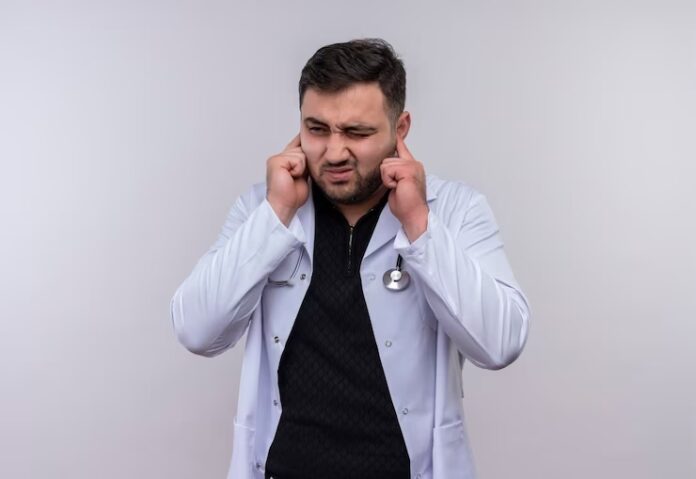Hearing problems, also known as hearing impairments or hearing loss, affect millions of people worldwide. This condition can significantly impact an individual’s quality of life, communication abilities, and overall well-being. In this article, we will explore the causes, types, and treatments of hearing problems, shedding light on this prevalent condition.
I. Causes of Hearing Problems:
- Aging and Presbycusis: The natural aging process often leads to a gradual decline in hearing abilities, known as presbycusis.
- Noise-Induced Hearing Loss: Prolonged exposure to loud noises, such as machinery, concerts, or explosions, can damage the delicate structures of the inner ear.
- Genetics: Some individuals may inherit hearing problems from their parents due to genetic mutations.
- Diseases and Infections: Conditions like otosclerosis, meningitis, and ear infections can damage the ear structures and result in hearing loss.
- Medications and Ototoxicity: Certain medications, such as some antibiotics and chemotherapy drugs, can have a side effect of damaging the auditory system.
- II. Types of Hearing Problems:
- Conductive Hearing Loss: This type of hearing loss occurs when sound waves cannot reach the inner ear due to problems in the outer or middle ear, such as earwax buildup, fluid accumulation, or structural abnormalities.
- Sensorineural Hearing Loss: Sensorineural hearing loss is the most common type and happens when there is damage to the inner ear or the auditory nerve. It can be caused by aging, noise exposure, genetic factors, or certain illnesses.
- Mixed Hearing Loss: Mixed hearing loss refers to a combination of conductive and sensorineural hearing loss, where both the middle or outer ear and the inner ear are affected.
- Central Hearing Loss: Central hearing loss occurs when there is a problem with the auditory pathways or the processing centers in the brain, resulting in difficulty interpreting sounds.
- III. Effects and Challenges of Hearing Problems:
- Communication Difficulties: Individuals with hearing problems may struggle to understand speech, leading to difficulties in conversations and social interactions.
- Emotional and Psychological Impact: Hearing loss can result in feelings of isolation, frustration, and depression.
- Reduced Quality of Life: Hearing problems can hinder everyday activities such as enjoying music, watching TV, or participating in group gatherings.
- Safety Concerns: Inability to hear warning sounds, alarms, or approaching vehicles can pose risks to personal safety.
- IV. Diagnosis and Treatment Options:
- Diagnostic Tests: Audiometry, a hearing test, is commonly used to assess the severity and type of hearing loss.
- Hearing Aids: Hearing aids amplify sounds and improve hearing by compensating for the damaged parts of the auditory system.
- Cochlear Implants: For severe or profound hearing loss, cochlear implants can provide a sense of sound by bypassing damaged portions of the ear and directly stimulating the auditory nerve.
- Assistive Listening Devices: These devices, such as captioned telephones or FM systems, enhance hearing abilities in specific situations.
- Communication Strategies and Rehabilitation: Techniques like lip-reading, sign language, and auditory training can aid in communication and help individuals adapt to their hearing loss.
- Conclusion: Hearing problems are prevalent conditions that can significantly impact an individual’s life. Understanding the causes, types, and treatment options for hearing problems is crucial for early detection, intervention, and support. By raising awareness and promoting accessible solutions, we can improve the lives of individuals with hearing impairments and ensure their full participation in society.



